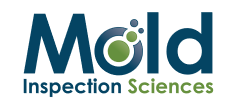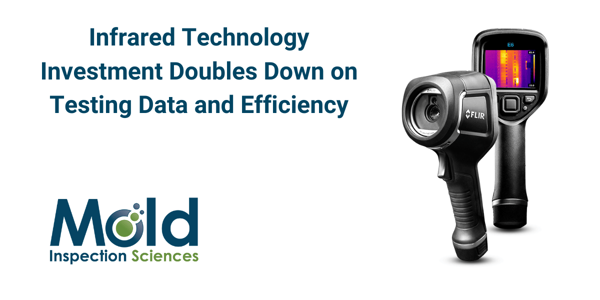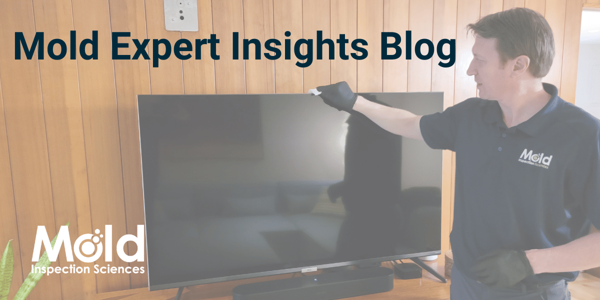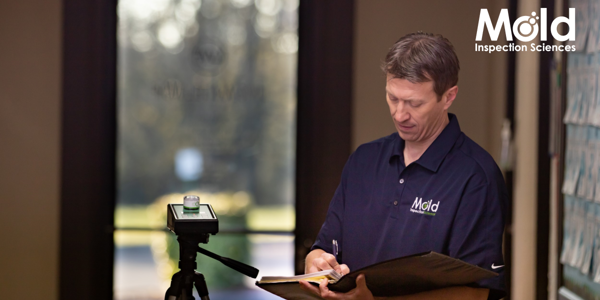The Truth About DIY Mold Test Kits
Why Professional Testing is Essential
When it comes to your family’s health, mold is not something to take chances with. Indoor mold growth can trigger respiratory problems, allergic reactions, and even more serious health complications in sensitive individuals. Identifying mold correctly—and promptly—is essential for maintaining a healthy home environment. While DIY mold test kits promise quick, budget-friendly results, these methods often provide misleading information that can leave dangerous or extensive mold problems undetected.
At Mold Inspection Sciences, our certified inspectors have worked with homeowners who relied on these kits only to discover they offered a false sense of security. This guide examines why do-it-yourself solutions fall short and explains why investing in professional mold assessment delivers the accurate results needed to protect your property and loved ones.
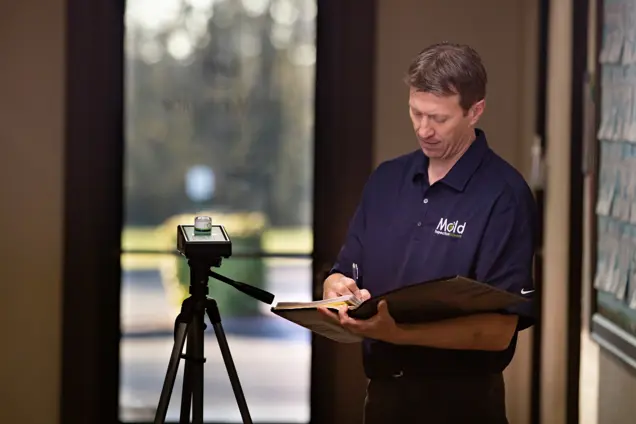
The Limitations of DIY Mold Test Kits
1. Inability to Measure Airborne Mold Accurately
DIY mold test kits typically use “settling plates”—small dishes with growth medium left exposed in your home for a set period. These plates only capture mold spores that happen to land on them, representing a tiny fraction of what may actually be present in the air.
Professional quantitative microbial air sampling, by contrast, measures mold spores using a calibrated air pump that draws 15 liters of air per minute. Results are compared against an outdoor control sample, offering a scientifically accurate measurement of your indoor air quality—something DIY kits simply cannot match.
WATCH NOW: Expert Insights on Why DIY Mold Testing Isn’t Recommended
In our Consumer Q&A video, certified inspector Ben explains the science behind why DIY settling plates don’t accurately measure air quality:
“We use a Zefon BioPump calibrated to collect a specific volume of air from the ambient environment. The spores are trapped and analyzed by a laboratory that counts the airborne mold spores—giving you quantifiable data that settling plates simply cannot provide.”
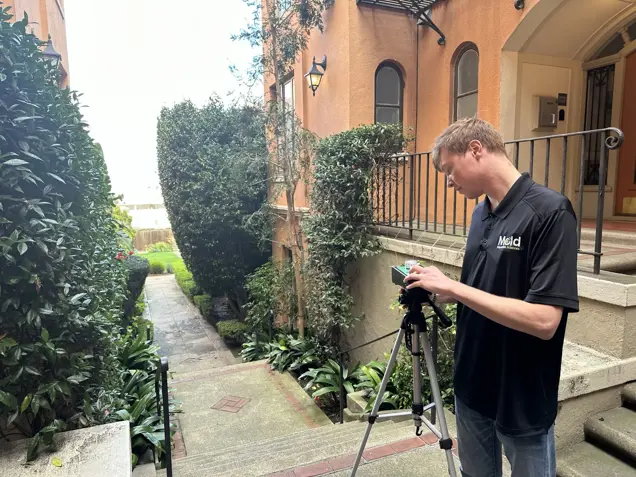
2. No Comparison to Outdoor Levels
One of the most significant flaws in DIY testing is the lack of outdoor comparison samples. Professional mold inspectors always collect an outdoor “control” sample to establish a baseline for what’s considered normal in your environment.
Without this crucial comparison, DIY results can be inaccurate. You might see mold growth on your test plate but have no way of knowing whether those levels are normal or concerning for your geographic location and season. What appears to be a “high” indoor mold count might actually be lower than outdoor levels—indicating a healthy indoor environment—while seemingly “low” counts could represent a serious problem when compared to outdoor air.
Professional quantitative microbial air sampling should always include both indoor and outdoor samples to provide this essential context for accurate interpretation.
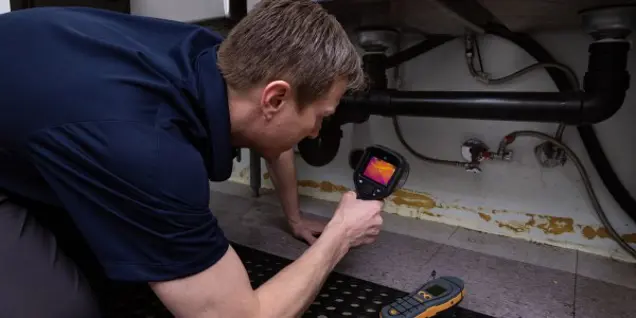
3. No Visual Inspection Component or Professional Tools
Mold problems often stem from underlying issues that require both expertise and specialized equipment to investigate properly. Professional mold inspectors arrive with an array of advanced tools that DIY kits simply cannot replicate:
- Infrared cameras to detect temperature variations indicating moisture behind walls
- Moisture meters to measure dampness in building materials
- Humidity gauges to assess indoor air quality conditions
- Professional-grade air sampling equipment with calibrated pumps
- Surface sampling supplies for tape-lift and swab samples
- Digital documentation tools for comprehensive reporting
Beyond the equipment, certified inspectors conduct thorough visual assessments to identify:
- Hidden moisture sources that may not be obvious to homeowners
- Concealed mold growth behind walls, under flooring, or in crawlspaces
- Previous water damage that may have been painted over
- Ventilation deficiencies contributing to humidity problems
Taking Action
While DIY mold test kits may seem like a cost-effective solution, they often produce false results—leading to more time, stress, and money spent trying to solve an even bigger problem. Professional mold assessment provides the accuracy and peace of mind you deserve when it comes to your family’s health and your property’s value.
If you’re concerned about potential mold issues in your home, contact a non-biased inspection company like Mold Inspection Sciences for a thorough, scientific assessment of your indoor environment. Our certified inspectors are ready to provide the reliable information you need to make informed decisions about your home’s air quality.
Remember, what you can’t see—or measure correctly—can still affect the health and wellness of your property and everyone in it. Don’t leave your family’s safety to chance with unreliable DIY testing.
Have a question about mold? Want to schedule an inspection? Call us now to speak with one of our mold specialists. Our team can be reached at 1.800.619.6653.
